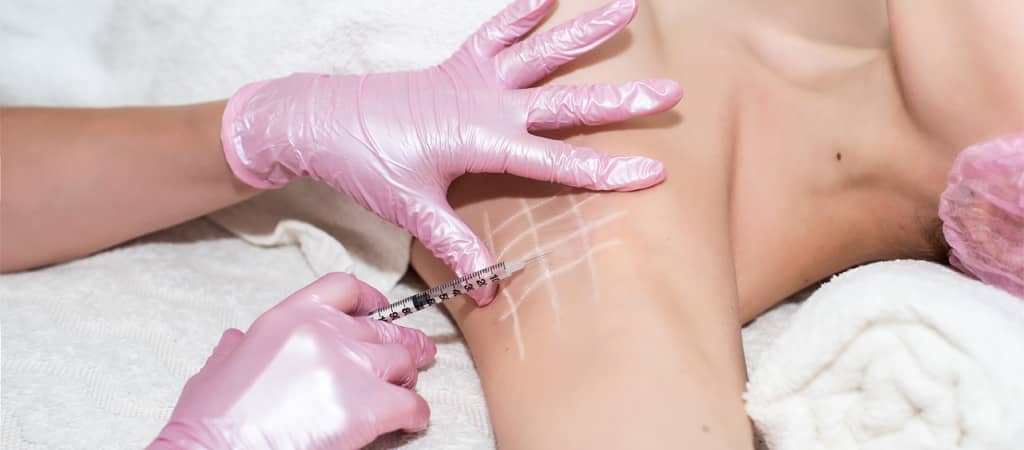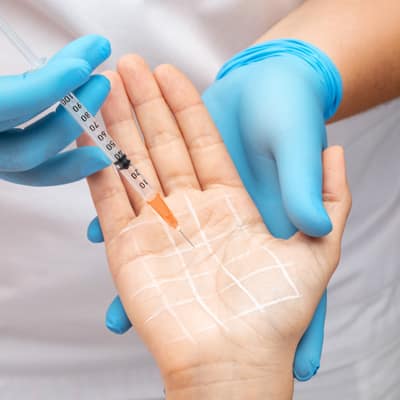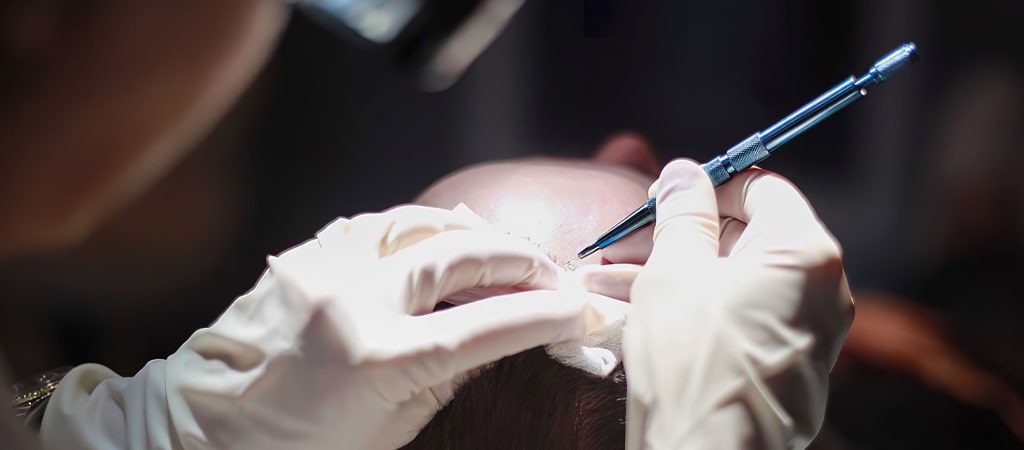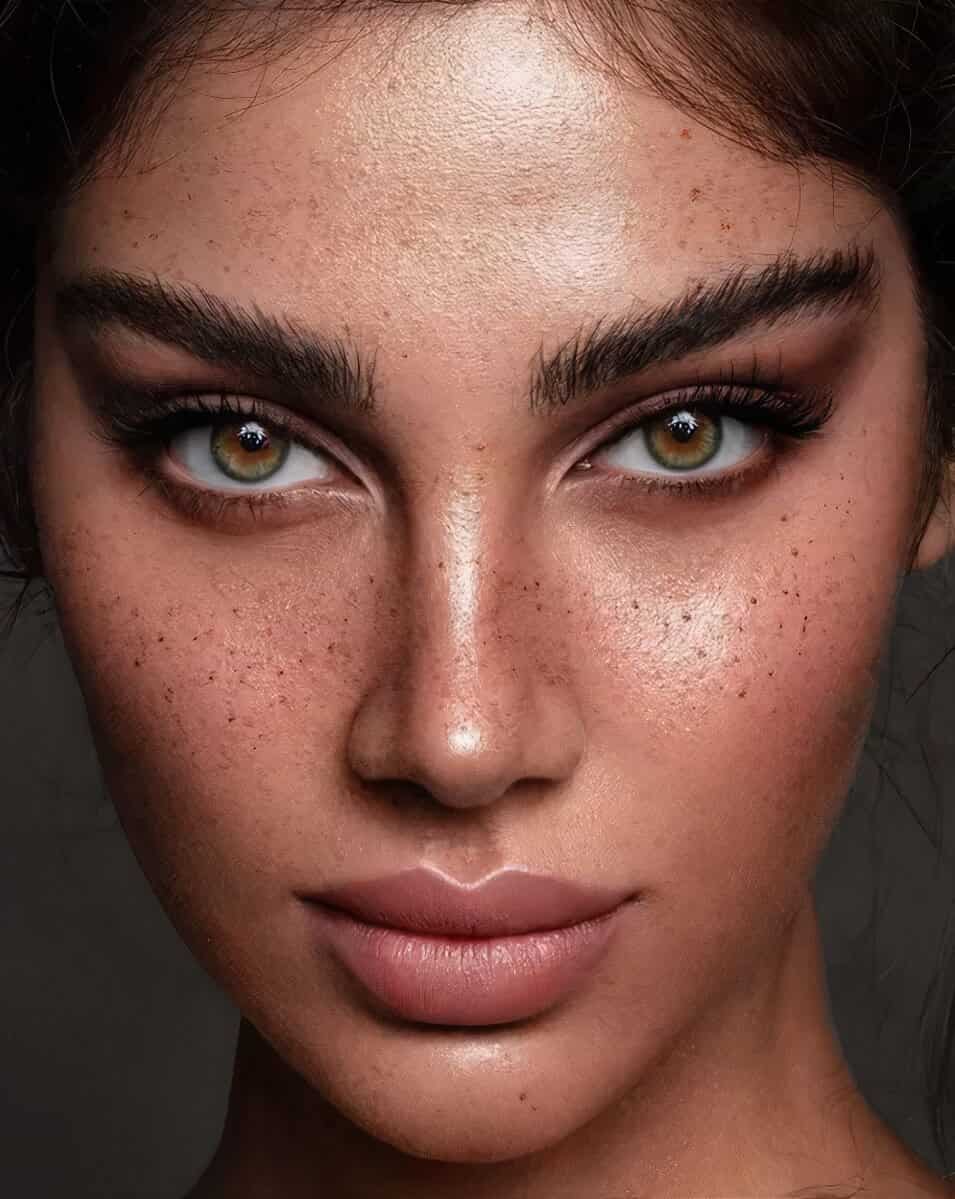What is Excessive Sweating (Hyperhidrosis)?

Excessive Sweating (Hyperhidrosis) is a condition of natural excessive sweating. Patients don’t necessarily need to feel heat or perform exercise either. The human body needs to sweat, due to certain conditions, some experience sweating beyond what is physiologically needed. Not only would this make a person feel uncomfortable, but it can also lead to dehydration which can have dangerous side effects on the body.
Excessive Sweating (Hyperhidrosis) treatments may be the solution to such cases.
A certified physician will first assess to see if the patient’s whole body is producing excess sweat or if it’s been secreted from a particular part of the body only. If the whole body is producing an excess amount of sweat, underlying causes or illnesses may be the reason, in which further tests may be required – medication or surgical treatments can be required. Iontophoresis is a hyperhidrosis treatment that involves a technique of introducing ionic medicinal compounds into the body through the skin by applying gentle electrical currents to collapse sweat glands. Botox is also another alternative, which is particularly effective for excessive sweating of the hands and feet.

Who is Excessive Sweating (Hyperhidrosis) treatment suitable for?
As there are different treatments for the level of severity, it’s best to seek advice from your doctor on which treatment is best for you.
Things to look out for include:
- Hyperhidrosis of the whole body generally affects people over the age of 25, however excess sweating of the hands and feet can start before 25.
- Have had symptoms for at least 6 months
- Follows a pattern, no sweating while asleep, sweat attacks at least once a week,
- Affects quality of life
How Do The Treatments Work?
There are a few different types of treatments for excessive sweating.
These include:
Botox: Botulinum toxin is injected mainly into areas such as armpits, hands and feet to paralyze the nerve signals that are responsible for sweating, and to stop sweat glands from overproducing sweat.
Iontophoresis: Using special equipment, Iontophoresis involves a technique of introducing ionic medicinal compounds into the body through the skin by applying low voltage electrical currents to collapse sweat glands.
Topical treatments: A simpler method are creams, gels and sprays in the form of deodorant that we use everyday to maintain cleanliness and personal hygiene.
Recovery Period After Treatment
The healing process will differ according to the type of treatment applied.
Surgical treatment recovery will take a longer period to heal. Botox treatments will be a lot less as it’s less invasive. However, daily use of deodorants and personal hygiene after treatment may cause irritation and redness.
Advantages of Hyperhidrosis Treatment
Normal levels of sweat and sweating in the body play an important role in maintaining body hemostasis, by reducing unnecessary water excretion from the body. If it’s not treated, further complications may emerge,
Hyperhidrosis can also impact quality of life and create unwanted situations where in time, will increase the severity of the condition.
With treatments now available, addressing the condition and taking the right steps to treat it are key to achieving a healthier personal hygiene routine.
Excessive Sweating FAQ’s
Who is the treatment for excessive sweating suitable for?
Who is the treatment for excessive sweating suitable for?
Excessive sweating generally first appears on the hands and feet, and can spread to different areas of the body or the whole body. Patients who notice excessive sweating in either specific areas of the body or the whole body should seek doctors assistance. Getting early assistance can help doctors determine if it's hormonal issues or sweat gland problems.
What treatments are available for the excessive sweating of different parts of the body?
What treatments are available for the excessive sweating of different parts of the body?
Treatment for excessive sweating on different parts of the body vary.
Botox is more commonly used for armpits, hands and feet while iontophoresis treatment is used for only hands and feet, and topical treatments can be used for armpits. Different treatments can also be used on the back, neck, face and genital area.
Are there any side effects with the treatments for excessive sweating?
Are there any side effects with the treatments for excessive sweating?
As different methods are applied for the treatment of excessive sweating, side effects and healing processes will vary. With Botox, redness and swelling may occur. The use of cream, gel or spray may cause irritation on the body. It is recommended to seek medical advice in case of any unwanted situations.
Who normally suffers from excessive sweating?
Who normally suffers from excessive sweating?
Excessive sweating is generally more common in individuals over the age of 25. However, some other conditions such as environmental conditions, an individual's personal health, body, and hormones, can play a part in developing the condition. Some individuals may also develop the condition in childhood, in which early diagnosis can help prevent severity. Women are also more prone to excessive sweating due to menopause and/or pregnancy.
Is the treatment for excessive sweating permanent?
Is the treatment for excessive sweating permanent?
All treatments have different effects when it comes to longevity.
Surgical treatments, although seen as permanent, may not be for everyone and results may vary from case to case.
Topical treatments like gels, creams and sprays should be used regularly for optimal results.
Botox treatments are not permanent and will need to be repeated every six months.





